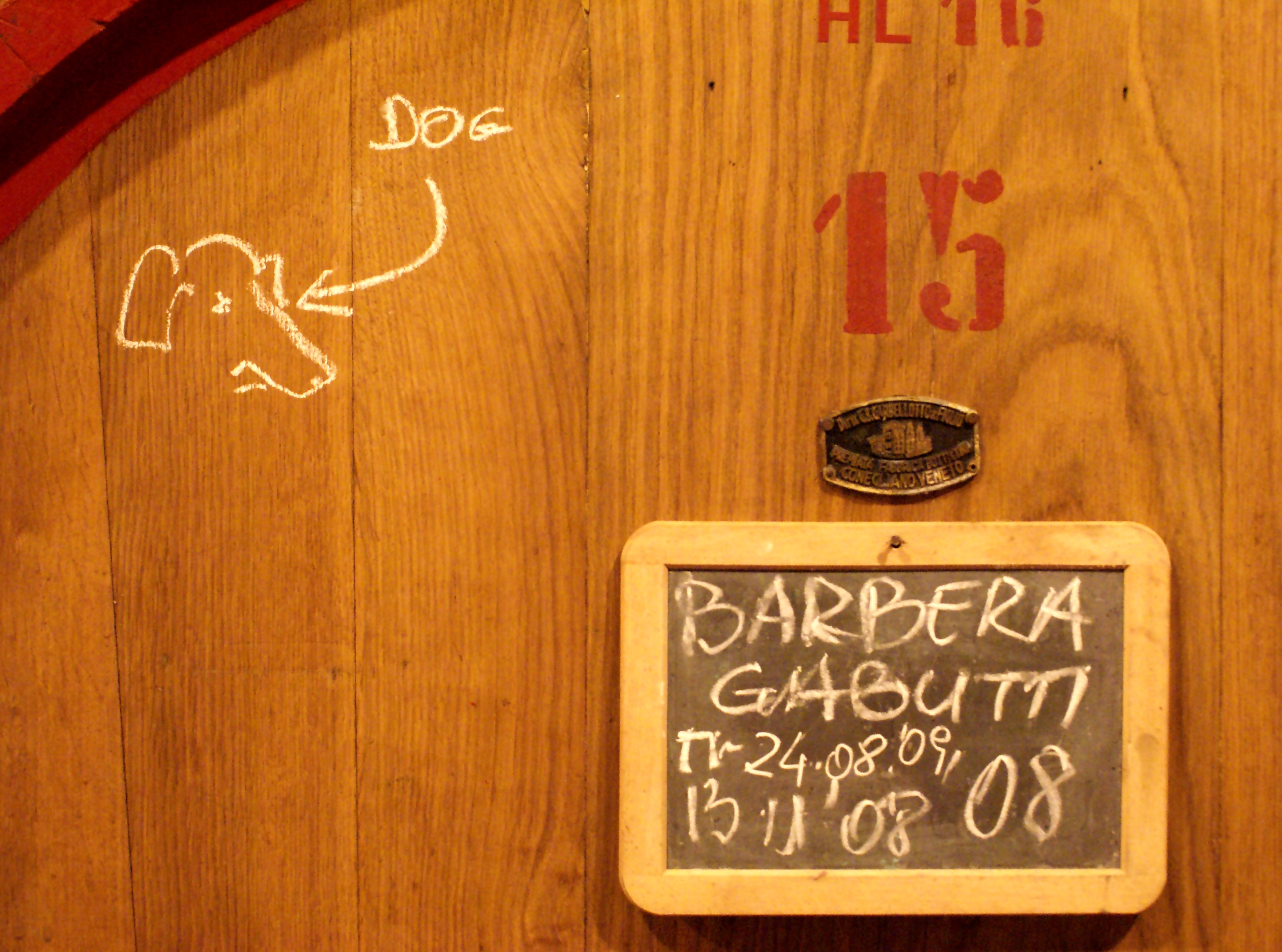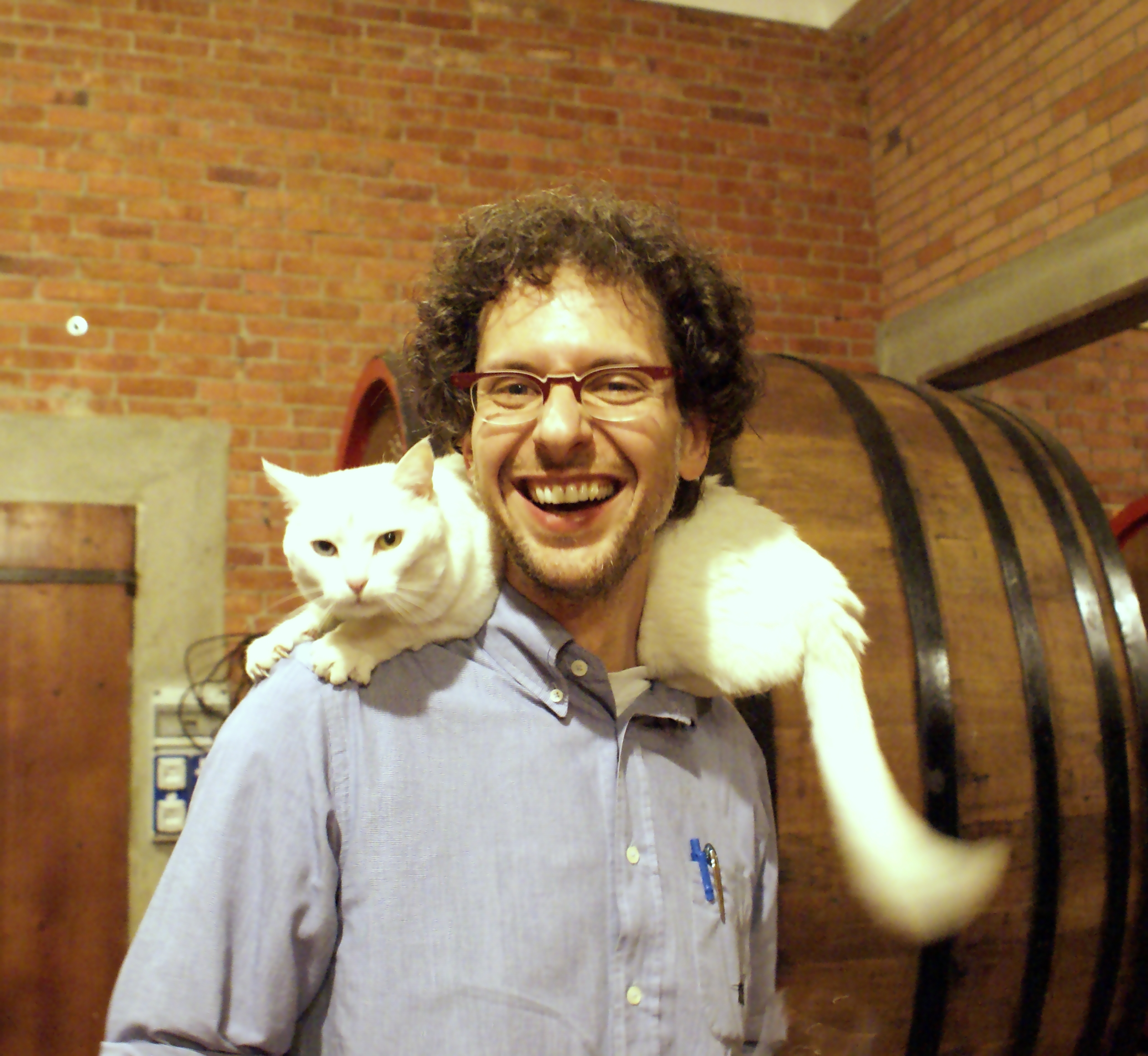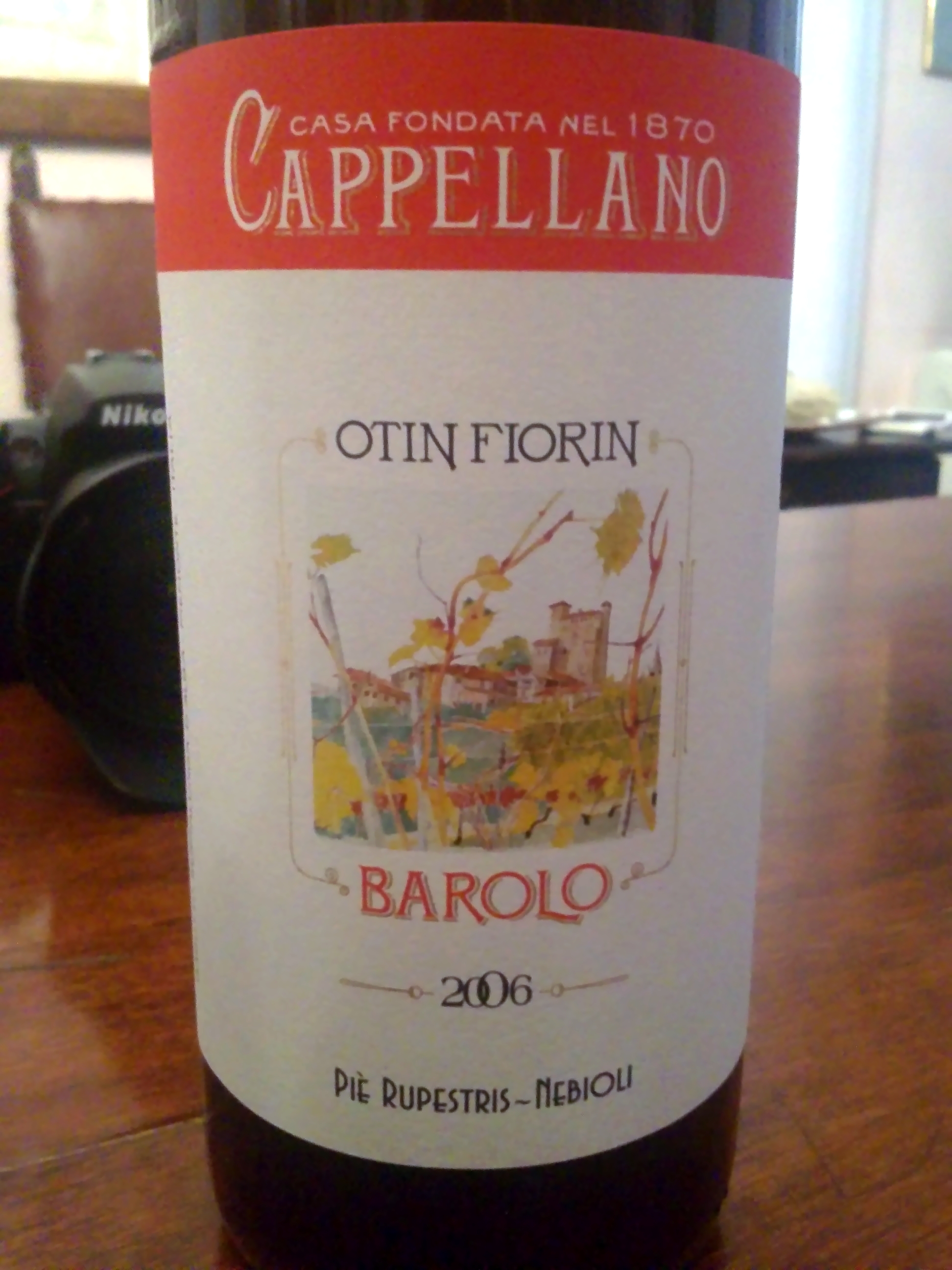Cappellano: amazing depth
Posted on 21 May 2011
Cappellano Dr. Giuseppe is another legendary estate in Barolo, after Giacomo Conterno and Bartolo Mascarello, that I’ve visited over the last few days. And it’s another piece of Piedmont history: Barolo chinato, the famous regional vermouth-like digestif, was invented here in 1890.
Augusto Cappellano still produces chinato according to the original family recipe; the latter being kept top secret, it involves purchasing mixed spices from a number of herbal shops across the region under cover, so that nobody figures out the formula. It’s one of the many similar hands-on aspects of this small artisanal winery that would merit the adjective of ‘garage’ if it didn’t look so very nineteenth-century.
Augusto is a soft-spoken chap in his 30s that looks more at home in modernist poetry than the loquatious world of expensive wine. He succeeded his father Baldo who sadly passed away in early 2009. Augusto almost never uses the ‘I’ pronoun when speaking of the wines; they seem to be making themselves in the most natural way and Augusto discusses the different Barolos here as if they were scientific facts such as the amount of silica in a rock or the exact migration period of birds.
Yet the individual imprint of Augusto and Baldo is undoubted. They were the first to introduce to Barolo the philosophy of ‘natural’ organic and biodynamic wines. The Vini Veri association that is now one of the most dynamic vintners’ think tanks in Europe might also include estates such as Cavallotto and Giuseppe Rinaldi but nowhere is that elusive pure fruity flavour of natural wine realised with so much intensity as at Cappellano’s. Tasting the 2007 and 2009 Barolos from tank I was reminded of Eastern Sicily and Beaujolais, two regions where that revolution yielded, in my humble opinion, the most miraculous results, unravelling flavours that had lied forgotten for decades. In fact there’s more of an affinity between Cappellano’s crystalline ripe grapiness and that of Etna’s Frank Cornelissen that might seem at all plausible at first thought.
One important aspect of this purity is the Barolo Pié Franco, a wine that Cappellano produces from a parcel of ungrafted Nebbiolo vines in the Gabutti cru (and more specifically, the Otin Fiorin parcel within it) in Serralunga d’Alba. The ‘normal’ Barolo grown on original rootstock, Pié Rupestris, is already in an aromatic world of its own but the Pié Franco adds a dimension that is both impossible to put into words with precision and very tangible indeed. To say Pié Franco is deeper is an approximation; it is infinitely subtler and has tannins as fine as the finest powder man can produce: they did in fact remind of powdered matcha tea. (Matcha is made by painstainkingly grinding tea leaves for hours in a stone mortar, at the pace of 300 grams per day; here that effort is made by Nature). Pié Rupestris is a great photograph; Pié Franco transports you to the real vineyard with its 360o view, the lights and the sounds and the smells.
Someone once spoke about ungrafted pre-phylloxera vines as ‘Paradise Lost’; tasting the Cappellano Pié Franco, you realise for a lucid second how much we’ve lost. Augusto Cappellano makes us revive that Proustian moment again and again. It’s a wine that brings sadness and rapture.

Some Cappellano casks have drawings on them which I thought had some magical meaing but actually they’re just for fun.
Disclosure
My trip to Piedmont including flights, accommodation and wine tasting programme is sponsored by the Albeisa association of wine producers.



